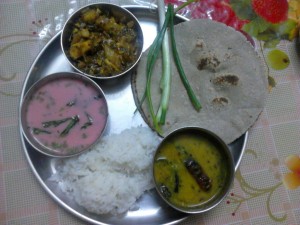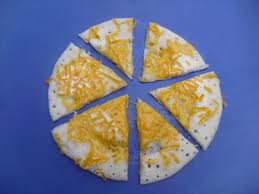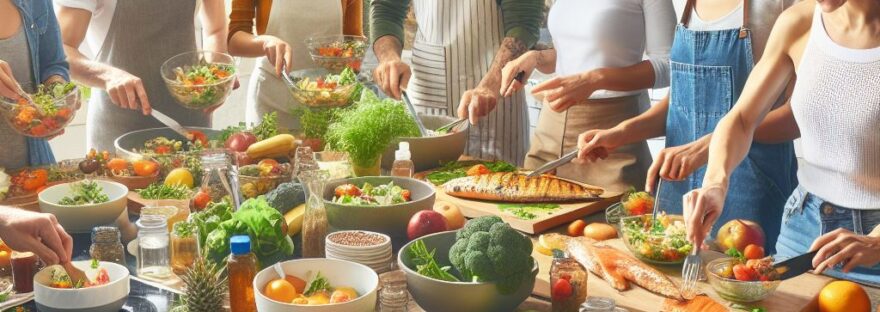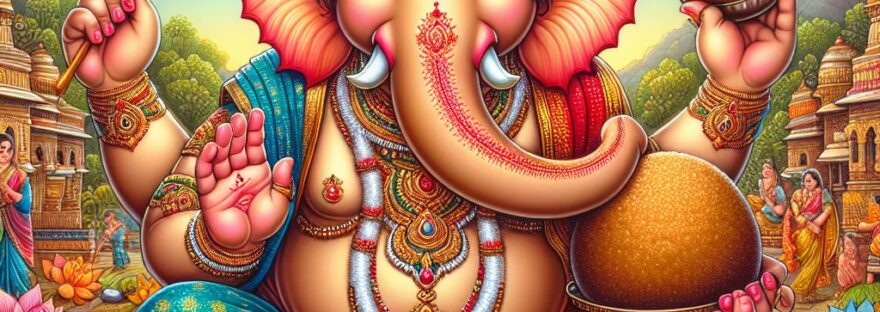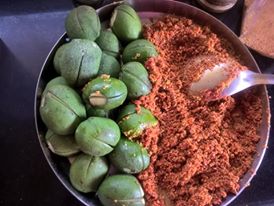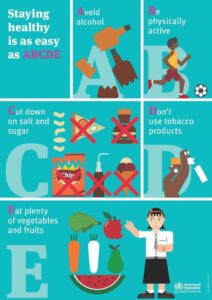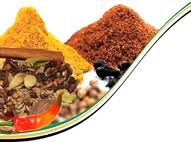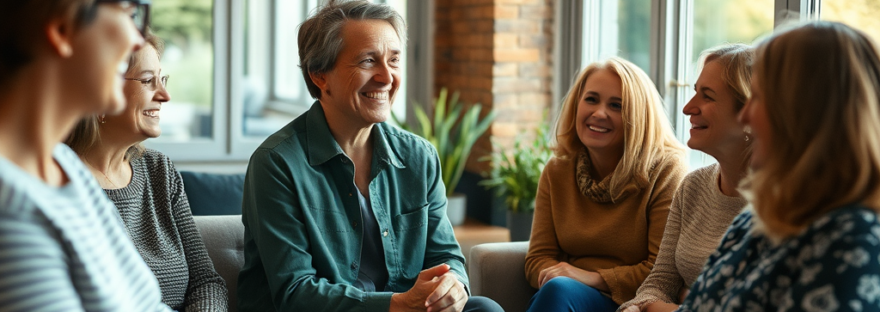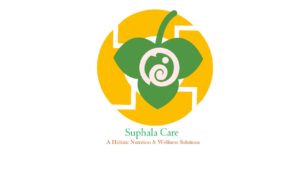Bangalore-based Suphala Care helps people to know the right meal specific to their life style, culture, habits, physical, mental and spiritual quotient
At one of the most prestigious Indian IT companies as a consultant for health care, Dr Suguna was thinking it’s time to service the nation with more vigorousness. She had vast expertise till then in hospital systems, clinical trials, managing nutrition and diet for diabetes, women and children healthcare that she has been doing on and off her work. Suguna needed more control and focus to work her way to make the difference.
At a Hyderabad hospital she met Shriram, her patient who became co-founder later for her dream venture that they both started in 2016 called Suphala Care.
“Shriram got intensely interested in the nutritional way to make the change in the society and they started thinking about holistic wellness and nutrition as a way to achieve happiness and a decent business opportunity too”, says Suguna.
Without spending too much time mulling over it, the duo came up with the name “Suphala Care” for their startup to denote a “Good Nutritious Food”
Their USP: whosoever is coming to them should go happy after meeting them and get enlightened in the path of wellness, understand the ways to keep themselves fit- mentally and physically, prepare food well for their families, get knowledge about -how, when, why, where and how much to eat while meeting them during sessions at one go.
Rustling up some money from their savings, they formed the centre in February 2015. “Today we have more than 3000 patients in the list, reviewed as one of the best nutritionist in South India (UrbanClap), do online and Face to Face counselling, written the book about the concept of Suphala Care –Holistic Food for Happiness– which has sold more than 20K copies till date”, Shriram beams with smile.
Addressing an opportunity
Nutritionists, hospital physicians and dietitians either are hard pressed for time, or not having complete holistic knowledge to dedicate and understand the unique human wellness requirements. There was a huge gap. Academically Dr. Suguna hads a sound background on various nutritional, therapeutic nutrition and other dietary aspects, and was trained in lifestyle modifications and prevention of chronic disorders. She had over a decades experience in nutrition counselling and quality of life assessments especially in Diabetes Mellitus, Chronic heart diseases and Renal diseases.
“Suguna’s research education has equipped her with extensive knowledge in holistic nutrition, health coaching, and preventive health care. Drawing on these skills and my knowledge of different applied dietary theories, her team works with clients to help them make lifestyle changes that produce practical and lasting results”, says Shriram.
Suguna has worked as nutrition adviser and consultant for Life Sciences and Healthcare projects for several multinational, voluntary organisations, Pharma and Nutraceutical companies during her various job stints. She has also worked on developing tools for health care and life sciences domains. Suguna has a keen interest in cooking especially cooking without fire and enjoys experimenting with various foods to bring in the best on the platter . Working together with client to create the best and mutually refined meal, and pattern has become the differentiation between Suphala Care and other diet shops.
Solving the problem
“While most dietitians dwell on calories, carbs, fats, proteins, restrictions, and lists of good and bad foods, I work with my clients to create a happy, healthy life in a way that is flexible, fun, and free of denial and discipline. This involves a series of hands on cooking demos, recipes customised to their needs and techniques to assess your quality of life and help you accept the changes gradually”, says Dr Suguna with lot of enthusiasm.
Suphala (as every member in Suphala Care likes calling themselves) shall guide you, in sessions that can take place either in person or over the phone, to find the food and lifestyle choices that best support you. Suphala will also help you to make gradual, lifelong changes to your habits.
Structuring the business
Suphala care monetises through generic doctor patient model. A network of doctors from various cities, workshops in corporate offices, teaching culinary skills to children, mothers, and clients from India and abroad, conference talks on Holistic Food for Happiness along with daily 45mins to 1.5hrs session with patients which can happen online, discussions on the custom comprehensive report- are the revenue generation vehicle for the centre.
“Quality time with my patients and seeing smile on their faces is my top most priority, money is secondary. At the end of the month when I see an sms, review or even an email saying that my patient is happy because of me and he/she would continue seeking my guidance going forward, I have got what I wanted for”, says Suguna.
Future plans
“I am writing my second book – Genie in your foods- after –my first book -Holistic Food for Happiness- and just enjoying the life by doing what I know best.”, says a composed Suguna.
Contact us
Reach us at info@suphalacare.com.

